Experimenting with Unreal Engine 4 & Quixel Bridge to create a Scene:
This post will be featuring a project experiment which I decided would be very beneficial for me, to understand the process of creating an environment/ scene in Unreal 4.
From the research and case studies I have looked at, I wanted to experiment with the achievability and realistic potential output I could create using free assets I have found through Quixel Bridge (Megascans) and what I have been given, such as the Brushify auto materials and alpha brush. I also used free music and sound effects online which I used for the output. I have attached the links below. I have recorded the process of creating this, similar to the tutorials by Maverick where I did not include a tutorial on how to recreate this, but visually shared how I achieved the final output. I thought this would help with my development because I could test how much I have learned through the tutorials and resources I had found. By trying it out, I am able to develop skills by practice, as well as research. It also made me feel more confident about my future projects, as I will be able to take what I have learned through this experiment and make it better. Also by experimenting, I can solve problems, which I may have not found from just watching a tutorial or reading about it.
ASSETS:
The assets I used were from the previous post; featuring the potential assets, I also decided to use assets from the Antique Megascans library, which added the main focus, being the broken building columns, which would give more of a story and background/ life to the scene. Also, it made it stand out to be more than just a basic forest scene.
https://quixel.com/megascans/home?category=3D%20asset&category=antique
https://www.unrealengine.com/marketplace/en-US/item/d68b8eae94a648a68659d1204b8934a8
https://www.unrealengine.com/marketplace/en-US/item/c661d0a956454ea4ba6d12c09a687406
The process:
What did you do and why?
I created an outdoor scene in UE4 using assets from Quixel Bridge and using Brushify auto-material and alpha brushes. I did this because I wanted to develop my skills and knowledge using UE4.
What exactly did you learn from it? What can you take forward from this for a future production project?
I learned how to create a landscape, paint the landscape and add foliage, import 3D assets, meshes and animations. I also learned how to add lighting and fog effects, as well as playing around with the bloom/ post-processing settings which I learned in the Mountain House post, to make the scene stand out and look more aesthetically pleasing. I found the lens flare effect and added a slight flare to give it a little something extra.
What it does well?
I definitely found experimenting with the software beneficial and the most rewarding way of learning. I can see how I have improved from gaining more knowledge about the software and how it has positively impacted the output.
Where it falls short?
I still have much to learn, and this was just a starting point to the potential output I can create, hopefully I can incorporate more into my work and develop my skills further.
Final Output:
Rendered Screenshots:
After this, I will continue to research different case studies/ project break-downs, so that I can have a better understanding of the process, as well as exploring how Unreal 4 is used in different areas and exploring Unreal as an industry.
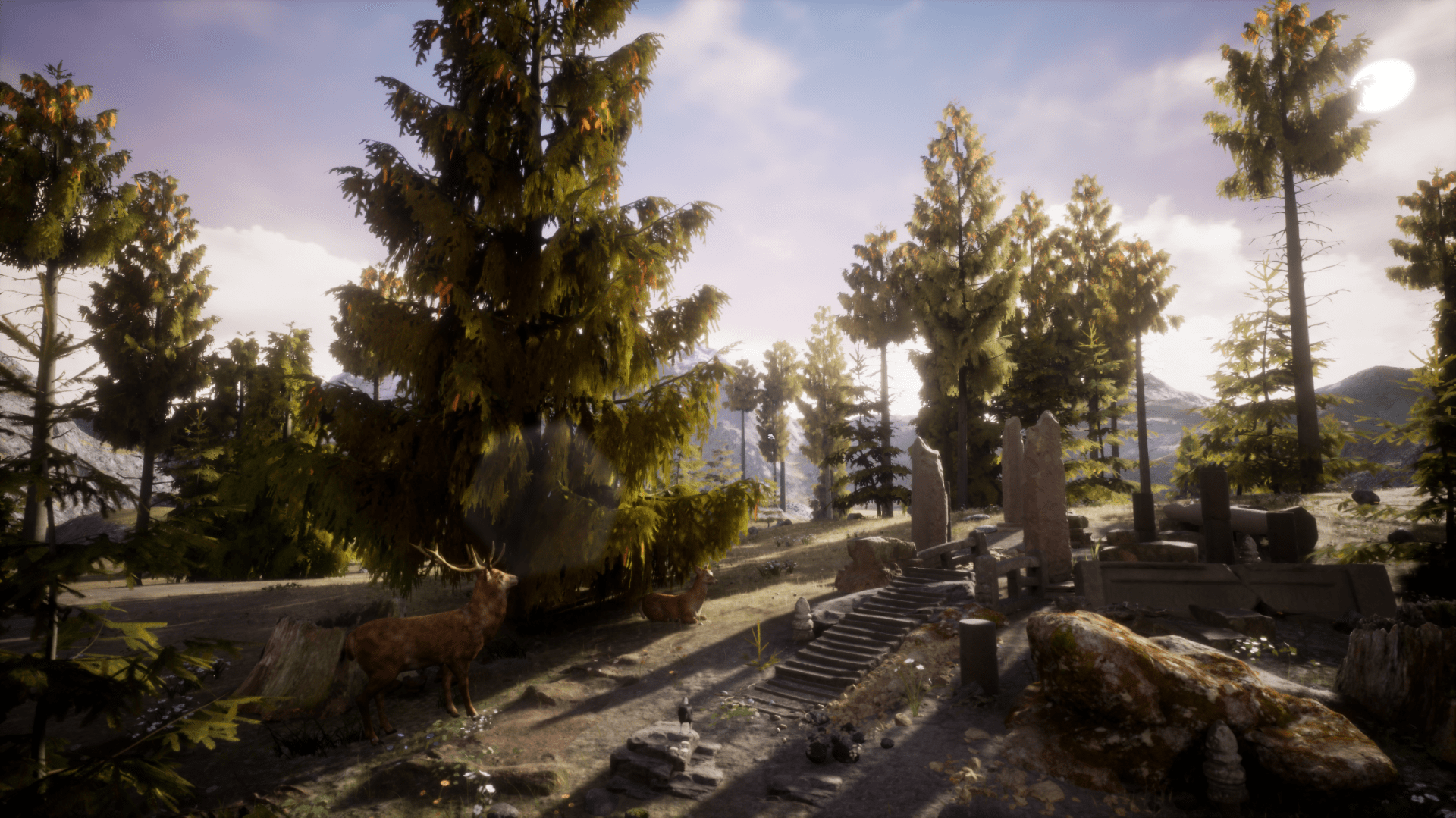
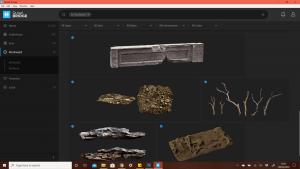
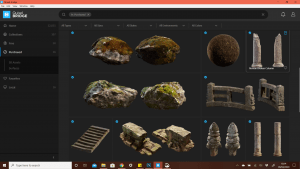
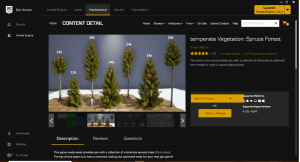

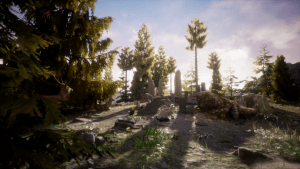
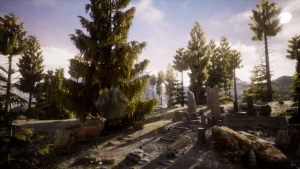

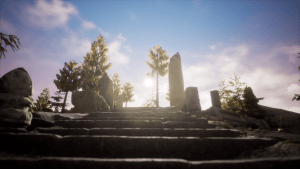

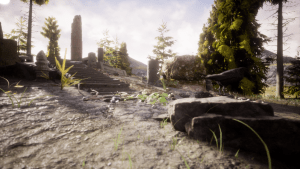





Leave a Reply